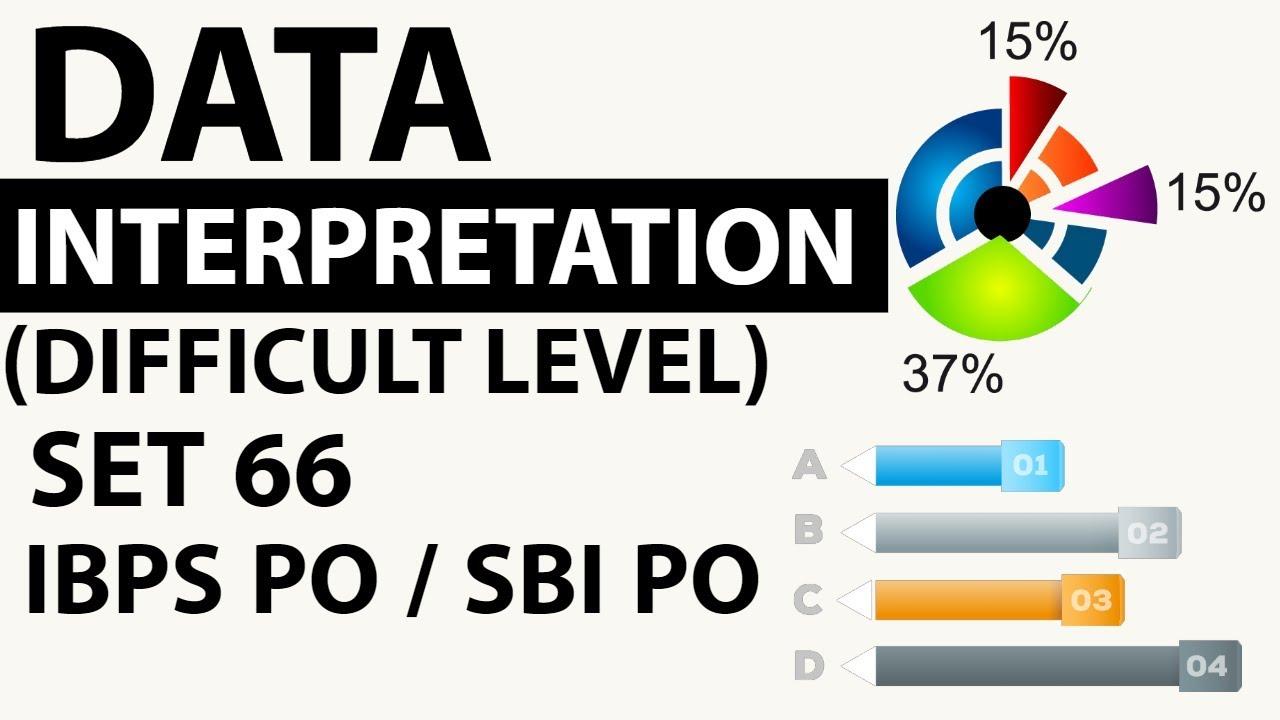Ratio of probability of selecting two Lime Juice glasses to probability of selecting two Banana Juice glasses from box A is 59: 33. Total number of Apple Juice glasses in box B is 2/3 of total number of Lime Juice glasses in box A. Ratio of probability of selecting one Apple Juice glass to probability of selecting one Mango Juice glass from box C is 2 : 5 and total number of Mango Juice glasses in box C is same as the total number of Banana Juice glasses in box D. Total number of Banana Juice glasses in box E is 80.
Q1. If probability of selecting a glass of Mango juice from box D and probability of selecting a glass of Lime juice from box E is (8/45) and (4/25) respectively and total glasses in box D and E is 225 and 250 respectively, then what is the sum of total glasses of Apple juice in both the boxes D and E together?
a) 100 b) 120 c) 140 d) 160 e) None of these
Q2. If ratio of number of glasses of Mango juice to Banana juice in box B is 13: 4 and ratio of glasses of Lime juice to Banana juice in box C is 8: 11, then what is the ratio of probability of selecting a glass of Banana juice from box C and probability of selection Mango juice from box B. Total glasses in bag B and C is 150 and 200 respectively.
a) 89 : 120 b) 63 : 120 c) 11 : 40 d) 37 : 120
e) None of these
Q3.If ratio of probability of selecting a glass of Lime Juice to probability of selecting a glass of Apple Juice from box A is 12 : 7 and ratio of probability of selecting a glass of Banana Juice to probability of selecting a glass of Mango Juice from box A is 3. 4, then what is the total number of glasses in box A?
a) 175 b) 200 c) 180 d) 150 e) None of these
Total number of fruits of all 3 types in bag P is 90 and probability of picking an Orange from the bag P is 1/3. The probability of picking a Mango is 2/9 greater than the probability of picking an Apple from bag P. Probability of picking an Orange from bag P is 62.5% of the probability of picking a Mango from bag Q. Number of Mangoes and Apples in bag Q are 48 and 18 respectively.
Number of Apples in bag R is 20% more than the number of Apples in bag P and the ratio of probabilities of picking an Apple, an Orange and a Mango from bag R is 12:13:15. Total number of fruits of all 3 types in bags S and R are equal and probability of picking 2 oranges from bag S is 33/1580. If 4 extra Apples are added to bag S, then probability of picking an Apple from it becomes 10/21.
Number of Oranges in bags Q and T are equal and probability of picking two Oranges from bag T is 46/295. If 10 Apples from bag T are removed, then percentage probability of picking an Apple from bag T becomes 28%. The ratio of number of Apples, number of Oranges and number of Mangoes in bag U is 1:2:3. If all fruits from bags Q and U are mixed, then the probability of picking an Orange becomes 3/10.
Q1. If N apples are added in bag P, then probability of picking 2 mangoes from It becomes 26/165. If N number of Oranges are removed from bag S, then what will be the probability of picking 2 Apples from it?
a) 6/29 b) 6/25 c) 6/31 d) 6/23 e) 6/37
Q2. If 20 Mangoes are added in bag R and 3 fruits picked from it, then what is the probability of getting exactly 1 Apple, 1 Orange and 1 Mango?
a) (53/543) b) (52/539) c) (61/537) d) (571/538) e) Other than above
Watch Free Video Reasoning – Mathematics





















 WhatsApp
WhatsApp